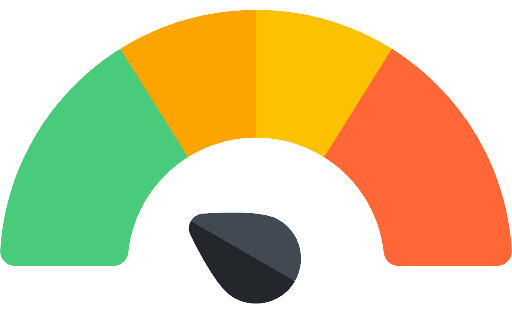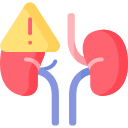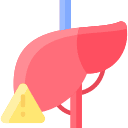PITOLISANT
THERAPEUTICS
Class
- Histamine 3 antagonist/inverse agonist
PITOLISANT commonly prescribed for
(Bold for FDA approved)
 How PITOLISANT works
How PITOLISANT works
• Histamine is a wake-promoting neurotransmitter released from the tuberomammillary nucleus in the hypothalamus
• Histamine 3 receptors are presynaptic autoreceptors; thus, when histamine binds to these receptors it shuts down further histamine release
• Antagonism/inverse agonism of histamine 3 receptors by pitolisant therefore disinhibits histamine release, boosting histamine levels in the brain and enhancing wakefulness
How long until PITOLISANT works
• Can take up to 8 weeks for some patients to achieve a clinical response
SIDE EFFECTS
 Notable Side Effects
Notable Side Effects
• Insomnia, anxiety, nausea, decreased appetite
 Life Threatening Side Effects
Life Threatening Side Effects
• Increased heart rate, tachycardia
• Visual hallucinations, hypnagogic hallucinations
weight gain

unusual
sedation

unusual
What to do about PITOLISANT side effects
Wait
• Lower the dose
• If unacceptable side effects persist, discontinue use
DOSING AND USE
usual dosage range
• 17.8–35.6 mg once daily upon wakening
 Dosage Forms
Dosage Forms
• Tablet 4.45 mg, 17.8 mg
long term use
• Has been evaluated and found safe and effective in trials up to 1 year
• The need for continued treatment should be reevaluated periodically
habit forming
• No
SPECIAL POPULATIONS
 Renal Impairment
Renal Impairment
• Pitolisant prolongs the QTc interval, so monitor patients with renal impairment for increased QTc
• Moderate to severe renal impairment: initial dose 8.9 mg once daily; titrate to a maximum dose of 17.8 mg once daily after 7 days
• Not recommended for use in end-stage renal disease
 Hepatic Impairment
Hepatic Impairment
• Dose adjustment not necessary in patients with mild hepatic impairment
• Moderate hepatic impairment: initial dose 8.9 mg once daily; titrate to a maximum dose of 17.8 mg once daily after 14 days
• Pitolisant prolongs the QTc interval, so monitor patients with hepatic impairment for increased QTc
• Severe hepatic impairment: contraindicated
 Cardiac Impairment
Cardiac Impairment
• Pitolisant prolongs the QTc interval, so its use should be avoided in patients with a history of cardiac arrhythmias, symptomatic bradycardia, hypokalemia, hypomagnesemia, or congenital prolongation of the QTc interval
 Elderly
Elderly
• Limited experience in patients over 65
• Some patients may tolerate lower doses better
 Children and Adolescents
Children and Adolescents
• Safety and efficacy have not been established
 Pregnancy
Pregnancy
• Effective June 30, 2015, the FDA requires changes to the content and format of pregnancy and lactation information in prescription drug labels, including the elimination of the pregnancy letter categories; the Pregnancy and Lactation Labeling Rule (PLLR or final rule) applies only to prescription drugs and will be phased in gradually for drugs approved on or after June 30, 2001
• Controlled studies have not been conducted in pregnant women
• Case reports have not determined a drugassociated risk of major birth defects, miscarriage, or adverse maternal or fetal outcomes
• When administered to pregnant rats during organogenesis, the no observed adverse effect level (NOAEL) for embryofetal toxicity is 27 times the maximum recommended human dose (MRHD) based on mg/m2 body surface area
• When administered to pregnant rabbits during organogenesis, the NOAELs for maternal toxicity and embryofetal development are 2 and 4 times the MRHD based on mg/m2` body surface
• When administered to pregnant rats from gestation day 7 through lactation, maternal toxicity, including death, occurred at 22 times the MRHD based on mg/m2 body surface area; at the maternally toxic dose, fetal toxicity and major malformations occurred
 Breast Feeding
Breast Feeding
• Unknown if pitolisant is secreted in human breast milk, but all psychotropics are assumed to be secreted in breast milk
• Recommended either to discontinue drug or bottle feed
Based on data Published online by Cambridge University Press
Compiled by Dr. Jash Ajmera